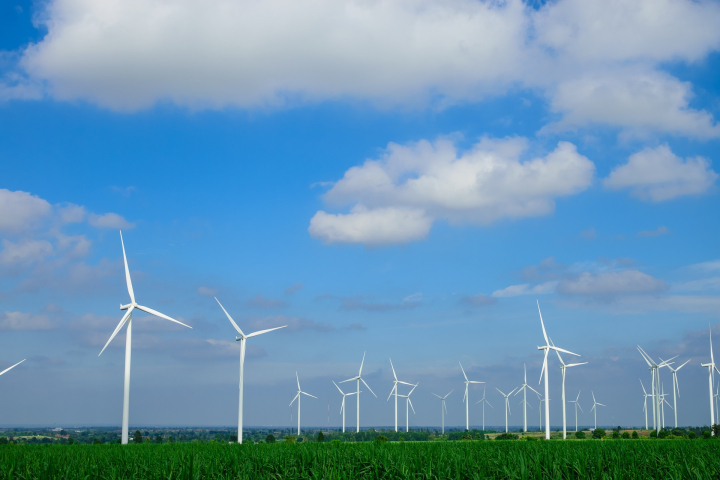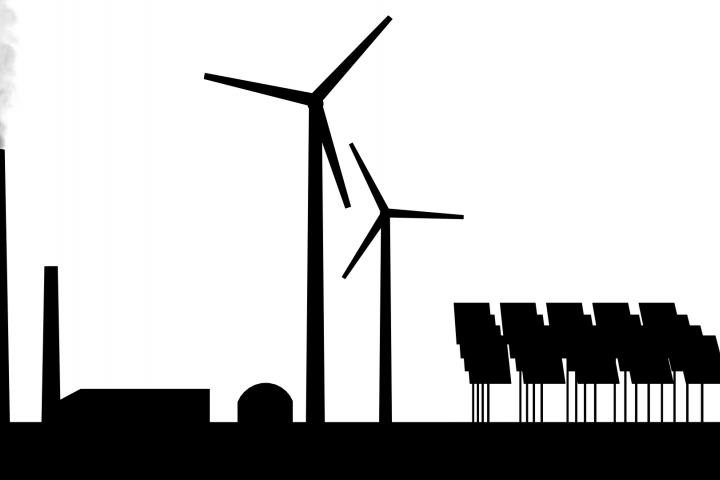More wind energy for Hungary
In our project, Hungary needs wind energy, we have researched the opportunities and limitations of wind energy and prepared short papers on the following subjects, downloadable from the links below.
- Legal framework
- Costs and profitability
- Wind energy and agriculture – dual use
- Wind energy vs gas in electricity generation
- Land use: wind vs solar power plants
- The combined use of wind and solar power plants
After reviewing international good practices and available technology, we have made recommendations on removing restrictive regulations, for example reducing buffer zones and easing technological and geographical restrictions.
Based on international statistics, we looked at how much the investment cost of wind power plants has decreased over the last decade, how much their capacity factor has improved, how much their whole life cycle cost of energy (cost per kWh produced) has decreased, and how this is expected to evolve over the next decade. We have taken into account the potential revenue streams that wind power investments can bring to municipalities and governments.
Many make their living from farming in Hungary but the effects of climate change mean that this income is becoming more and more unpredictable year by year. We have therefore collected the benefits of dual use of agricultural land (energy and agriculture) for farmers.
In cooperation with the Regional Centre for Energy Policy Research (REKK), we examined the impact of integrating different wind capacity additions in the Hungarian electricity system: what would happen if 500, 1000 or 2000 MW of new wind power capacity were installed in 2025, and 500, 1000, 2000 or 3000 MW in 2030. How much fossil-based import electricity would be replaced, to what extent carbon-dioxide emission would be reduced, and whether the costs of the services needed to keep the system stable would increase or decrease.
The land use of wind farms was compared with that of solar farms, as they can be alternatives/complementary to each other in terms of power supply and energy system planning, and both generate electricity from a weather-dependent renewable source.
We have looked at how the coexistence of weather-dependent solar and wind power, i.e. two hectically operating systems, reduces the number and magnitude of extremes, balances fluctuations and results in a more predictable system. In order to compare parallel generation and seasonal conditions, the capacity factors of Hungarian solar and wind power plants were examined over a five-year period (2015-2019).






